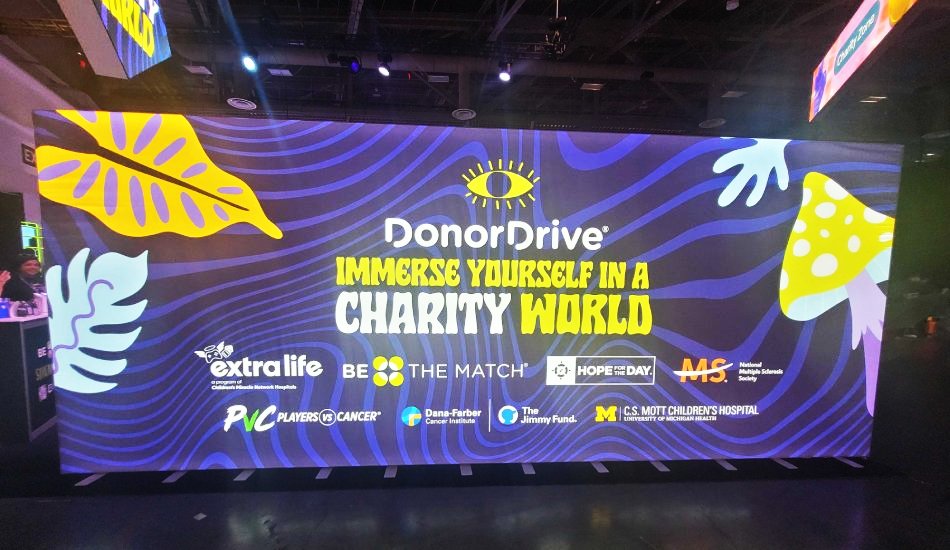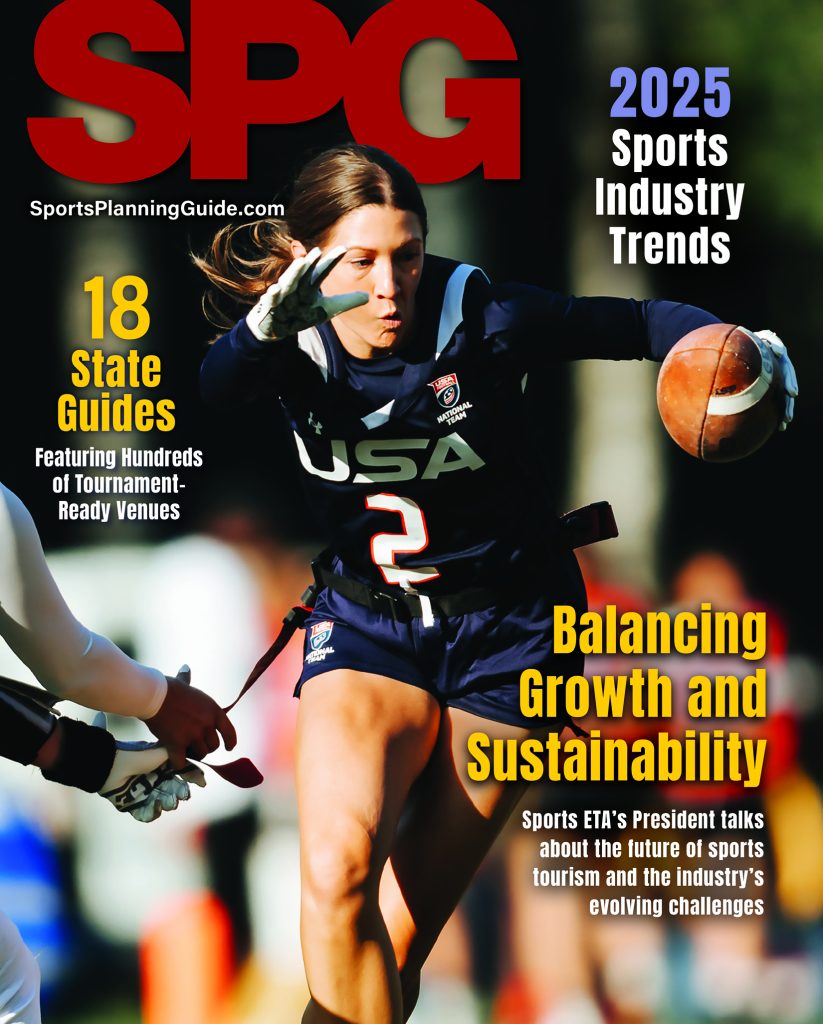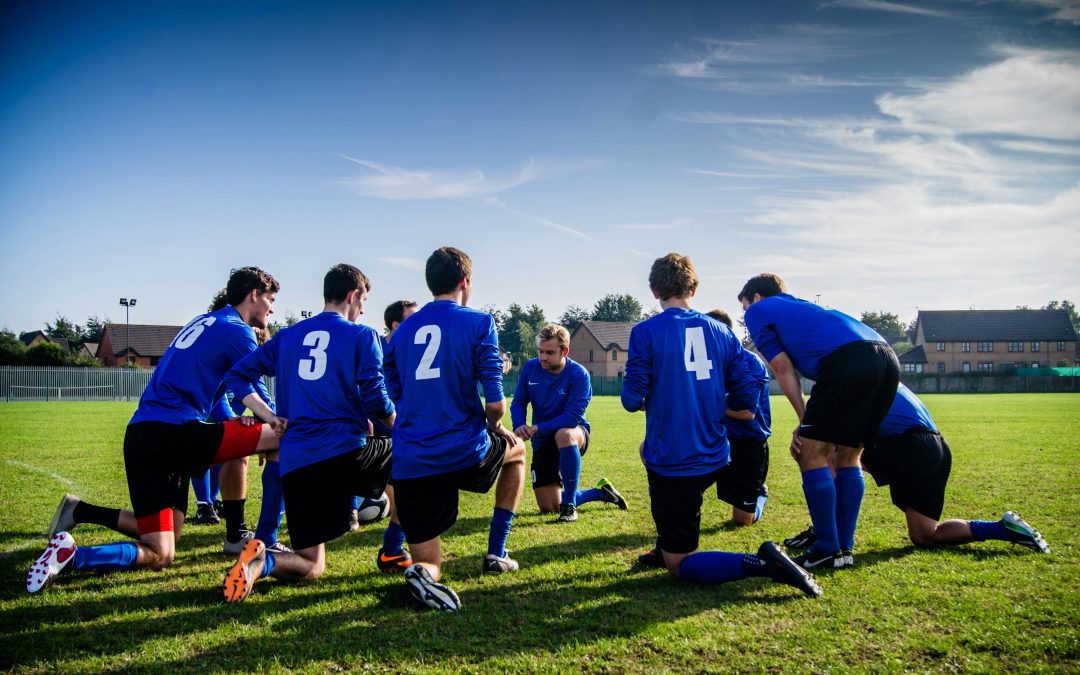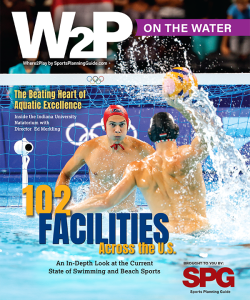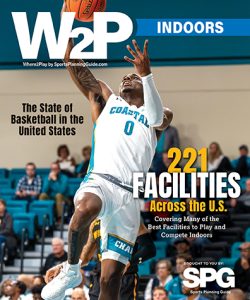A genuine opportunity for esports and nonprofits to work together, raise funds and have real social impact
TwitchCon, the Amazon-owned livestreaming platform Twitch’s biggest event of the year, is a showcase and celebration of content creators from all over the world. As far as showcases go, there are few cities that can rival Las Vegas for its neon glitz and glamor. There was something for everyone at TwitchCon: fans came to meet and greet their favorite streamers, artists sought to sell their wares, brands used engaging activations to capture new audiences and, finally, non-profit charitable organizations were actively recruiting for their fundraising programs.
As a long-time charity streamer, and owner of a fundraising consultancy, the nonprofits were of keen interest to me. Over the years that I have worked in the gaming and fundraising space, I’ve learned that the first two hurdles for non-profit organizations looking to wade into this space are A) getting executive buy-in, and B) figuring out how to recruit streamers to do charity streams for them. I chatted with many of the nonprofits at their booths in TwitchCon’s Charity Zone and I was encouraged to see that, as charity streams have become more popular, recruitment has become easier for those organizations that have spent a couple years investing in the space. Speaking to several organizations, it seems the next big challenge is how to engage the esports community.
On the surface, esports represent several advantages over recruiting individual content creators:
- More structure and resources (though many esports athletes are also content creators)
- Esports fans’ fierce loyalty to their teams and sponsors (according to Nicole Pike in Using Data to Drive Esports & Gaming Growth, 62% of esports fans say they would buy their team sponsors’ products vs 35% of traditional sports fans)
- Great opportunities for brand exposure through prominent placement at esports venues, social media and sometimes even on esports team jerseys
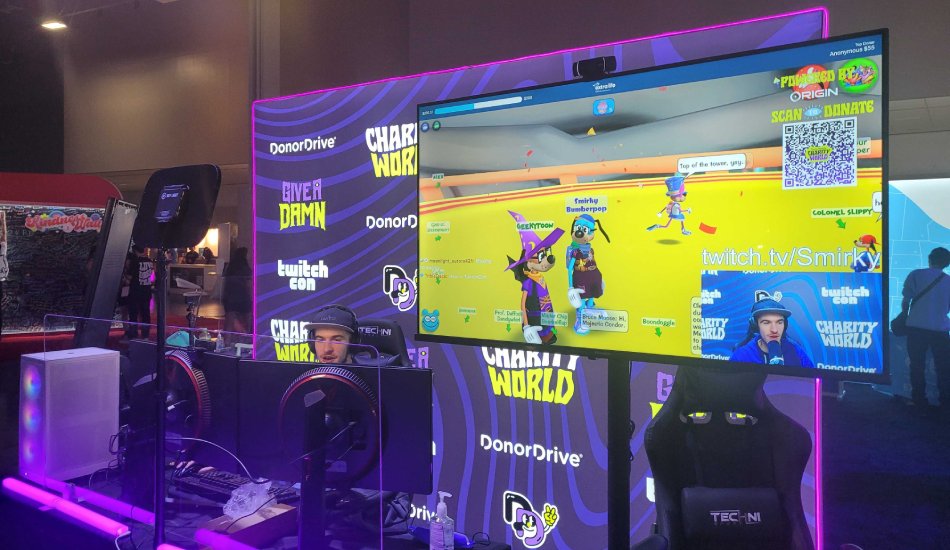
This is exemplified by the esports industry’s presence at TwitchCon where Team Liquid held their meet and greet at the Honda booth, Goats and Glory—the U.S. Navy’s esports team took on all challengers in 1v1 matchups at their booth and I even met faculty from Syracuse University, who are launching an esports management degree. However, there seems to be a general lack of knowledge on both the nonprofit and esports sides on how to best communicate each other’s needs and how to address them.
Anecdotally, it feels like the early stages of a blind date. Neither side knows much about the other. Perhaps they met or heard about each other online or through a mutual contact, and there are a lot of questions being asked of each other. Despite some awkward interactions, there’s still a willingness to engage one another and that’s what’s important. I’m not just saying this as the co-chair of the Esports Trade Association’s Fundraising Committee, but I feel there is a genuine opportunity here for esports and nonprofits to work together, raise funds and have real social impact.
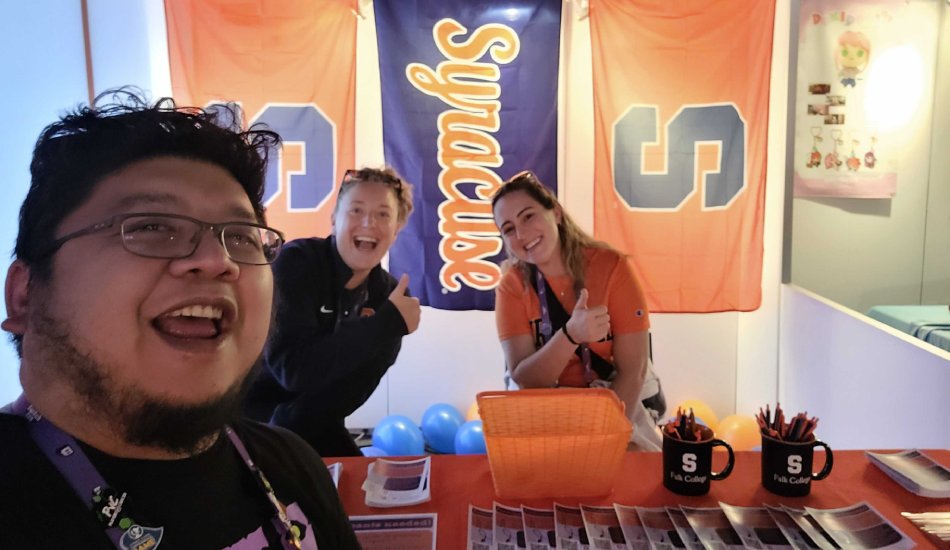
For a partnership between esports and nonprofits to function optimally, they must think beyond brand alignment and consider what it looks like to have mission alignment. Take cues from what individual streamers have done and take part in an organization’s mission, with the caveat that they do what is both safe and meaningful. For example, having a nonprofit’s brand splashed across screens and stadiums is great, but what about having the esports team visit a children’s hospital or volunteer their time at the organization’s head office? Being seen as taking part in the organization’s mission would go a long way in galvanizing the partnership while also elevating the relationship to the public.
This isn’t to take away from the value of nonprofits continuing to invest in recruiting and cultivating relationships with individual content creators. The latter are the backbone of a peer-to-peer fundraising program and should continue to be the focus going forward. Rather, esports can be viewed as an expansion of the non-profit industry’s current relationship within the video game community. I look forward to seeing this relationship continue to develop and I am excited to see if next year’s TwitchCon will feature any collaborations with esports and nonprofits.
To learn more, please visit Esports Trade Association’s Committees. If you’re already an ESTA member and would like to get involved in a committee, please fill out this form to join us.
By Marc Almanzor
About Marc: Marc’s mission is to bring together nonprofits and video game communities. Find out more about how he guides nonprofits through their journey in the gaming world at Make Gaming About Fundraising or watch his own gaming adventures on Twitch.
Main photo: Wall of the DonorDrive Charity World booth, featuring Extra Life, Be the Match, Hope for the Day, National Multiple Sclerosis Society, Players vs Cancer (American Association for Cancer Research), The Jimmy Fund (Dana-Farber Cancer Institute) and CS Mott Children’s Hospital.

